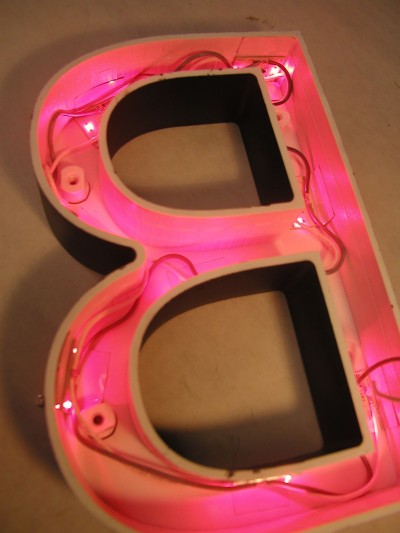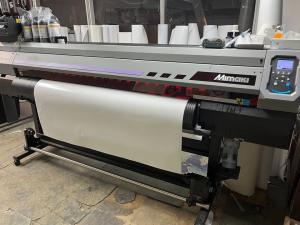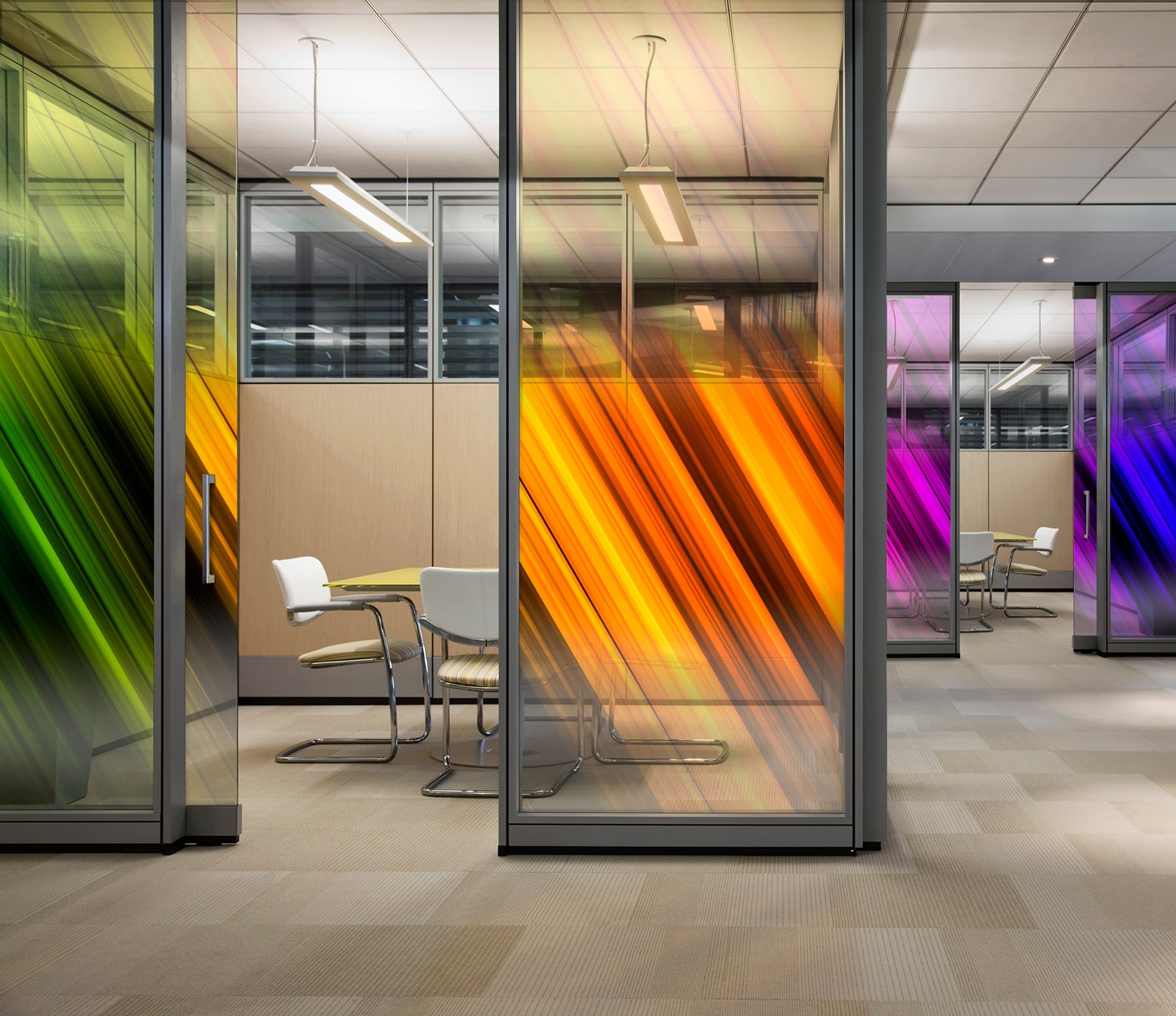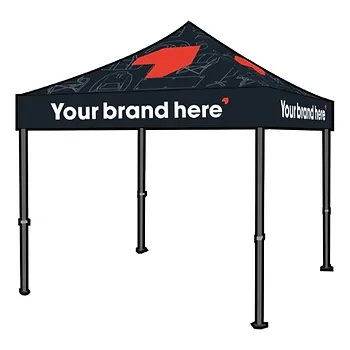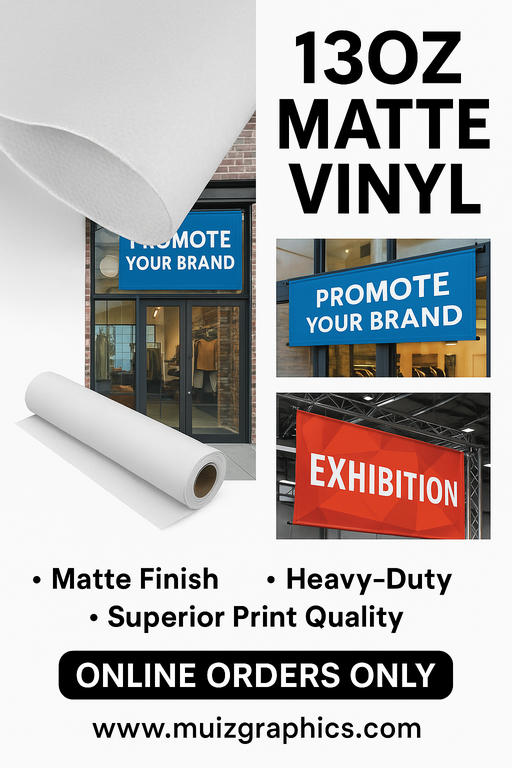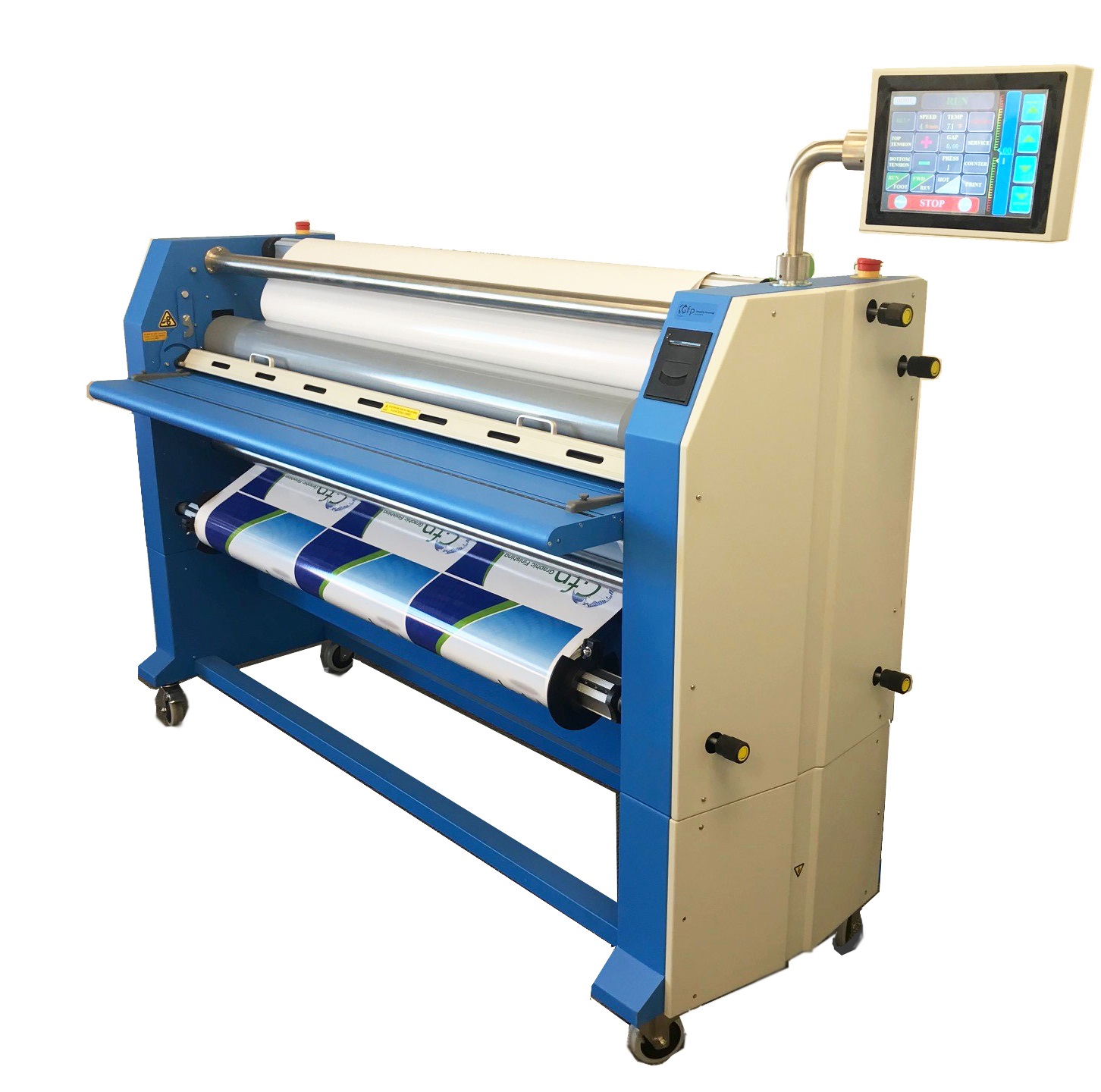Developments in LEDs
Optimizing optics
Along with gains in brightness, a concurrent development in the LED industry has been a new focus on the area of optics, to ensure even luminance across sign letters’ faces, preventing bright or dark ‘measles’ from showing up.
All different light sources have their own characteristics to work around. LEDs offer energy efficiency and long useful life, but they are directional sources, emitting a specific beam of light rather than creating ambient illumination.
As LED manufacturers’ research and development (R&D) efforts have led to better-designed LED packages, they have integrated optics—including secondary and supplemental lenses—around the LEDs. These are able to achieve broader light beam distribution.
Such optics are also helpful in creating even luminance with shallow channel letters, which are not a big trend in Canada, but have become popular in markets like the southeastern U.S. Edge-mounted lighting of shallow sign cabinets, however, is becoming mainstream on a widespread basis. Tim Hortons, for example, recently announced a rollout of outdoor menu boards that are illuminated this way because of the efficiencies in cost and size. LEDs are so small, they can fit almost anywhere.
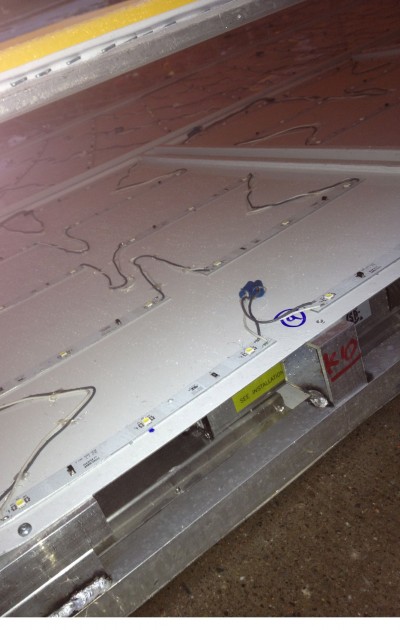
On the other hand, well-designed optics mean signmakers can install fewer LEDs and still achieved the desired level of lumen output. Durable chips’ costs may be higher, but by installing fewer strokes of LEDs through a sign letter or cabinet, reducing the number of LED modules and drivers per foot, the overall cost of lighting a sign can become much lower.
This trend has changed the way the economics of LEDs are calculated.
Hot or cold
Another factor, of course, is durability itself. When operated properly, LEDs do not burn out like normal light bulbs, but instead dim over time. The most common industry standard measure for rating their useful lifetime is the point at which the light output is 70 per cent of its initial lumen value.
Under proper conditions, most LEDs’ lifetime can exceed 40,000 hours, which is greater than 4.5 years of continuous operation. Compared to other lighting, this can mean substantial savings in maintenance. Many large programs of LED-based signs are driven a desire to reduce the costs of sign maintenance, with a less frequent need to call for a high lift or cherry picker.
LEDs also do very well in low outdoor temperatures compared to neon and other light sources. In fact, the cold helps them maintain their long performance life.
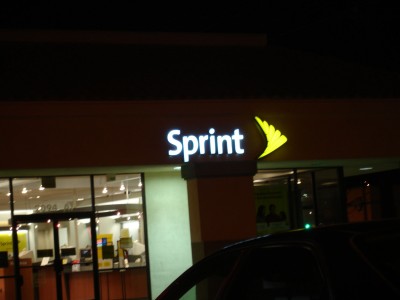
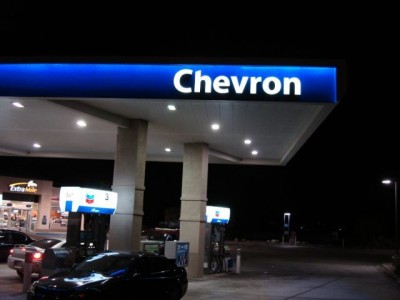 Today’s LEDs can sustain high light output in demanding operating conditions. They do particularly well in low outdoor temperatures, as the cold helps them maintain long performance life.
Today’s LEDs can sustain high light output in demanding operating conditions. They do particularly well in low outdoor temperatures, as the cold helps them maintain long performance life.Excessive heat, on the other hand, can cause problems. When LEDs were first installed in signs, there was a steep learning curve, with many failures due to overheating.
Since LEDs produce no infrared (IR) or ultraviolet (UV) light, they are generally cool to the touch and radiate less heat than traditional light sources. The heat they do produce, however, is still an issue, as it must be conducted away from the back of the semiconductor chip. Indeed, thermal management has turned out to be one of the most important factors in determining the performance and life of an LED.
Early LEDs for signs were not always mounted on a heat-sink backing. (Unlike other light sources, which emit heat and light in the same direction, an LED emits light to the front and conducts heat out the back.) As a result, LED suppliers and system designers worked with sign fabricators to produce heat-conductive metal backings, preferably using aluminum. These continue to be used for high-power LEDs today.

